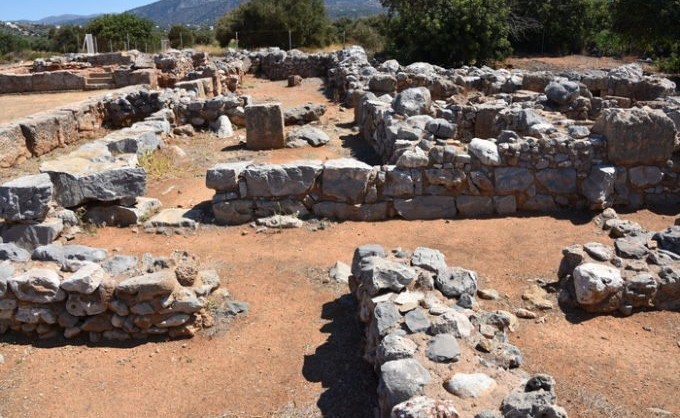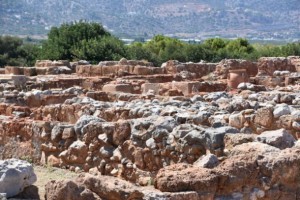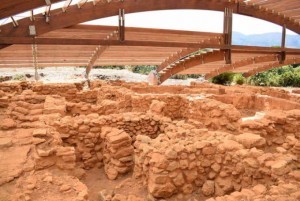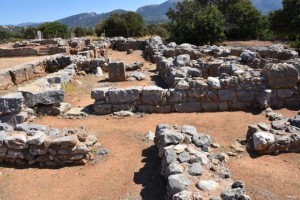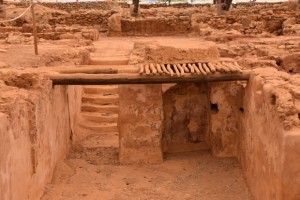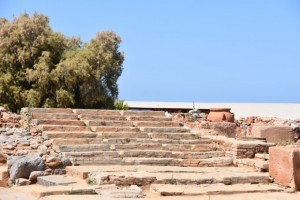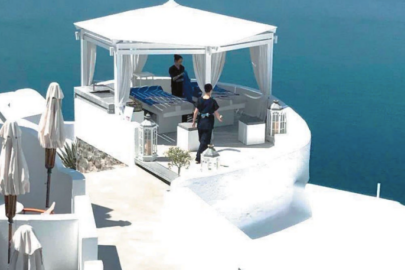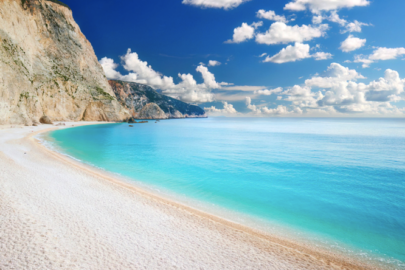The Greek island of Crete sees thousands of people visit for its rich array of archaeological treasures.
The Minoan Palace of Knossos is only minutes from Heraklion and those with a deeper interest in history travel to the southern coast to see the imposing Palace of Faistos.
However, it is also worth visiting another archaeological treasure — the Minoan Palace of Malia — which is also very close to the capital of Crete on the island’s northern coast, overlooking the sea.
The legend says that the place was once ruled by the mythical King Sarpedon, son of Zeus and Europa, and brother to the well-known King Minos.
The palatial complex developed across an area of 7,500 square meters and was built in 1900 BC.
Being destroyed along with other palaces of the island in 1700 BC, it underwent a rebuilding process in 1650 BC but was forever abandoned in 1450 BC.
Today, the magnificent remains of the Neopalatial complex as well as a small portion of the First Palace can be visited.
Malia offers visitors a completely different experience to the one in Knossos, the latter being more controversial due to the restoration works conducted by the archaeologist Sir Arthur Evans at the beginning of the last century.
Malia remains similar to its initial form and visitors can wander around, following different suggested routes.
The epicenter of the palace is the great Central Courtyard, 48 x 23 meters big. In its center stands an altar and there are staircases, different reception halls, rooms for religious purposes and areas to store different types of goods all around the courtyard.
Not far, there were storage rooms for liquids, with low platforms intended for vessels. There was also a system of channels and liquid collectors, all of them still easy to recognize. The main facade of the palace was located towards the west, on the second floor. This place housed the official chambers of the permanent residents.
Quartier M is the best-preserved building of the Protopalatial Period and it is over 3,000 square meters.
There, two different buildings (A and B) have been excavated, as well as seven smaller ones. The large size of buildings A and B suggest they might have been more than residences.
They also present storage rooms, reception halls, and religious chambers. On the other side, it is thought that the smaller buildings were craftsmen’s workshops, mostly for pottery and bronze artisans plus stone engravers.
Back in Minoan times, cities used to extend out and around the palaces, and evidence shows that Malia was one of the most important and most developed centers on Crete. However, the name that the city of Malia might have had still remains a mystery.
Additional information and visiting hours
70007 Malia, Heraklion, Crete.
Palace of Malia Official Website
Opening hours:
Jun 1 – Oct 31 – Tue-Sun, 8:00-15:00
Nov 1 – May 31 – Tue-Sun, 8:30-15:00
Source: greekreporter

